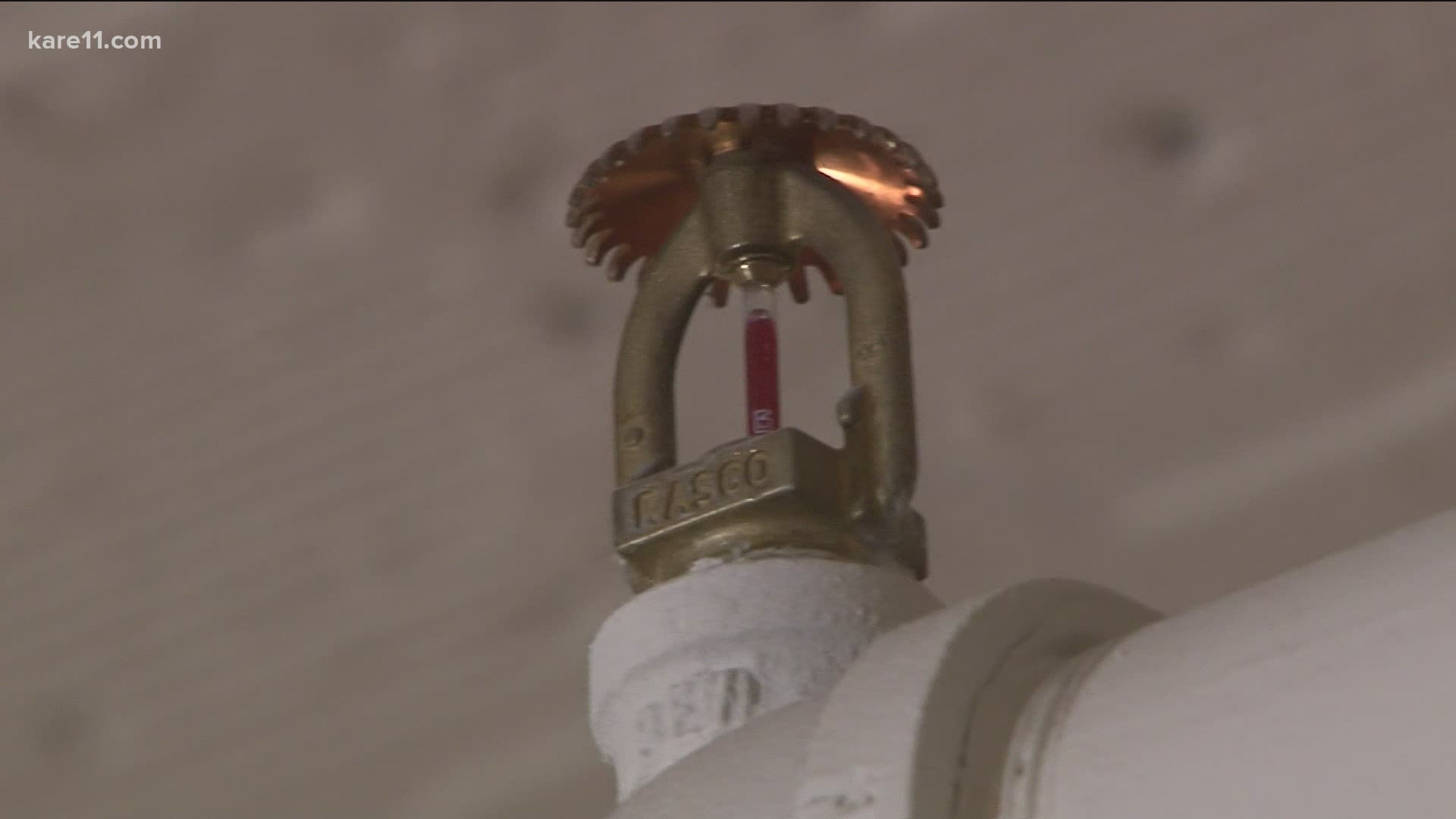ST PAUL, Minn. — Public housing agencies in Minnesota will have 12 years at the most to add fire sprinklers to older residential towers, as part of a bill lawmakers passed in June.
Rep. Mohamud Noor, the chief author of the sprinkler bill in the House, started working on the issue on Nov. 27, 2019, the same day five of his constituents lost their lives in an early morning fire at Cedar High apartments.
"We should not have waited for that incident to happen," Rep. Noor, a Minneapolis Democrat, told KARE. "I knew some of those families and some of those victims personally."
The fire broke out in the bedroom of an apartment on the 14th floor of the high-rise building and quickly spread to other units. Investigators found some fault with seals that had been added to doors, but agreed lives could've been spared in the public housing complex had been equipped with automatic fire suppression system.
"We should've taken care of the residents, knowing that was a hazard, and that the City of Minneapolis, the Minneapolis Public Housing Authority knew about it."
Automatic sprinklers have been required in residential high-rise buildings since 1992. But most of public housing complexes in Minnesota, including Cedar High, were built decades before the new rule went into place.
The St. Paul Housing Authority retrofitted all of its residential towers over a period of several years, so that agency is already in compliance. The Minneapolis Public Housing Authority has retrofitted 16 of its 42 buildings and is in the process of adding sprinklers to 10 other buildings at the cost of $9 million.
"This is about saving lives and property, so this is a step forward," Noor remarked. "But we still need to also address the privately-owned buildings which were not included in this bill."
Senate Republicans resisted placing the 2033 deadline on private building owners because of the financial hardships it might create for them. Noor has asserted out those owners would save money in the long run because their fire insurance bills would drop if sprinklers were installed.
For the public buildings the big challenge will be also be funding.
The bill set a deadline to complete work, but didn't include money to help pay for it. Housing authorities will be looking to local, state, and federal agencies for grant money to help pay for it, in hopes of completing the projects long before 2033 arrives.
The federal government's retreat from public housing funding has left those systems struggling with the cost of maintenance in aging buildings. By one estimate, public housing authorities nationwide are $70 billion behind on repairs, because the federal government has paid about one-tenth of what was originally pledged.
The Minneapolis Public Housing Authority has a backlog of $152 million in capital improvement projects, for a variety of upkeep issues in addition to fire safety projects.
Noor said that he and fellow lawmakers are exploring options to make high-rise sprinkler projects eligible for state public works infrastructure funding streams, but he said the federal government needs to step up a play more of a role too.
"That obligation lies with the federal government to make sure we address the safety of all residents that live in high-rise building, to make sure we retrofit those buildings based on the code that we already have."

